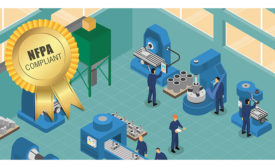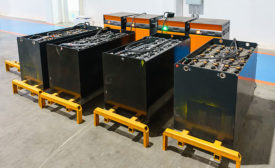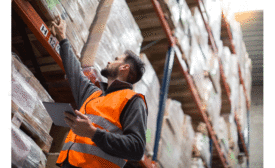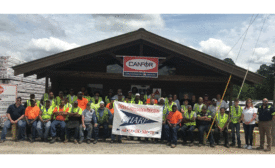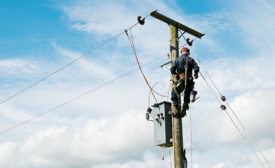Workplace Safety Culture
Digital Edition Exclusive
See a hazard, say something
Read More
A safety success story
Ark. wood manufacturer changes safety culture, lowers comp costs
February 10, 2020
Rethinking Traditional Safety, Part 3
The third dimension of risk assessment
February 4, 2020
Immediate worker distress detection & notification is critical
Alone & in distress
February 4, 2020
Never miss the latest news and trends driving the safety industry
eNewsletter | Website | eMagazine
JOIN TODAYCopyright ©2024. All Rights Reserved BNP Media.
Design, CMS, Hosting & Web Development :: ePublishing

